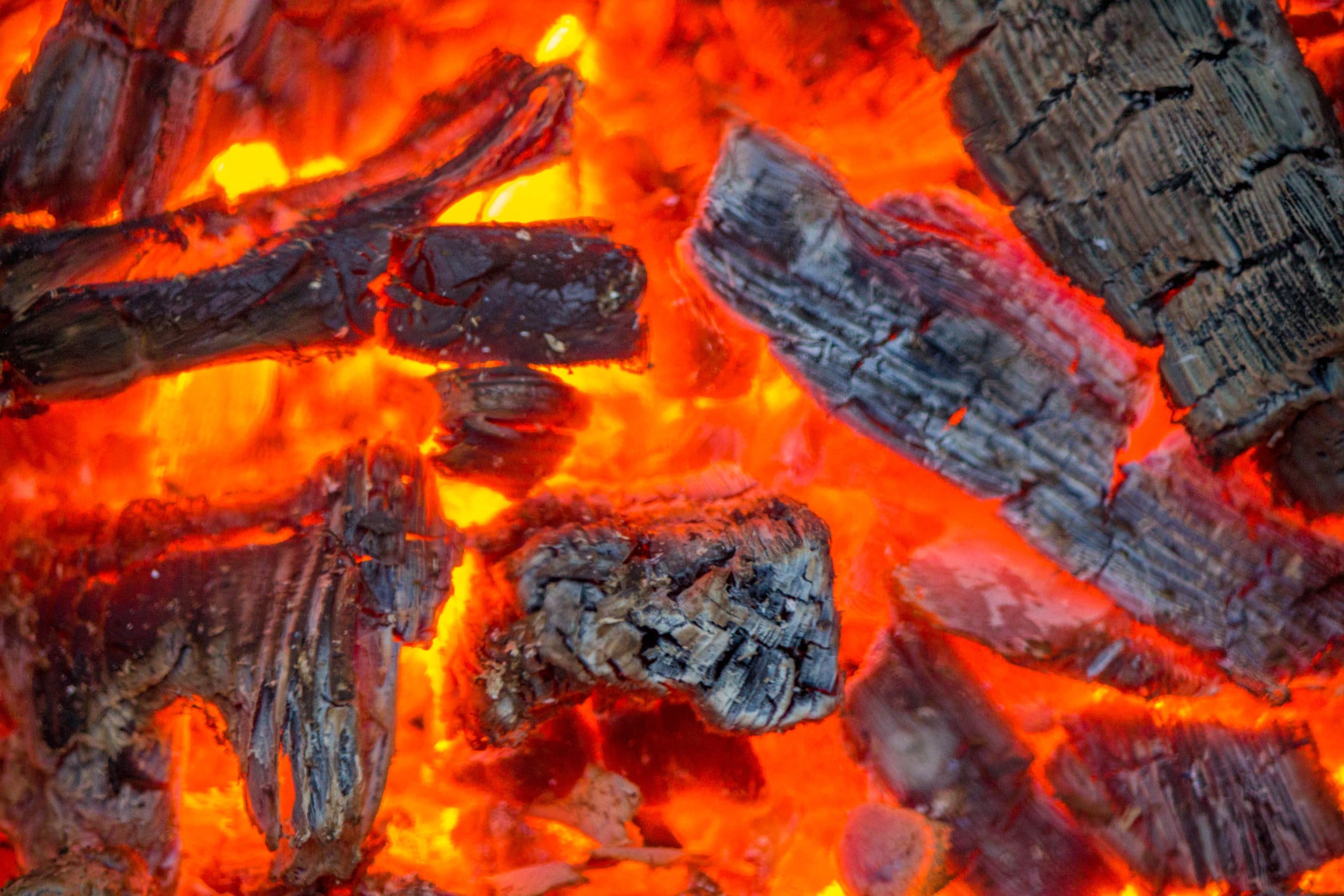In this post
Temperature is used as a measurement of how hot or cold something is. Heat is used as a measurement of the amount of thermal energy contained.
Specific heat capacity is the amount of energy needed to increase the temperature of 1 kg of a substance by 1oC. The unit of specific heat capacity is joules per kg degree Celsius (J/kgoC). For example, water has a specific heat capacity of 4200 J/kgoC which means that it takes 4200 joules of energy to raise the temperature of 1 kg of water by 1oC. Different materials have individual specific heat capacities depending upon the amount of energy needed to raise their temperatures.
Using specific heat capacity
A substance’s specific heat capacity can be used to work out how much thermal energy has been transferred. For example, it is possible to calculate how much thermal energy is transferred when a fuel such as paraffin wax is burned.
The method for this varies but one way in which this can be done uses a beaker of water. The starting temperature and total mass of the water would be measured and recorded. The paraffin wax would then be burned below the beaker of water. As the paraffin burns there is an energy transfer from the chemical energy store of the wax to the thermal energy store of the surroundings. In this experiment we want as much of the thermal energy to be transferred to the beaker of water as possible. Therefore, it is important to try and make sure that heat loss is minimised where possible. This can be achieved by using heatproof mats placed around the flame and placing the beaker as close to the heat source as possible. The temperature of the water would be monitored whilst the paraffin wax is burned for a set amount of time.
The highest temperature reached by the water would be measured and recorded and the change in temperature of the water is calculated by subtracting the initial temperature from the final temperature.
This temperature change is used, along with the mass and specific heat capacity value for the water, to calculate the change in thermal energy (amount of thermal energy transferred to the water). The equation used to calculate the change in thermal energy (amount of thermal energy transferred to the water) is:
![Rendered by QuickLaTeX.com \[ \text{change in thermal energy} = \text{mass} \times \text{specific heat capacity} \times \text{temperature change} \]](https://b3801007.smushcdn.com/3801007/wp-content/ql-cache/quicklatex.com-95b517c7be228bab974f8ded8ea63fb4_l3.png?lossy=2&strip=1&webp=1)
![Rendered by QuickLaTeX.com \[ \Delta Q = m \times c \times \Delta T \]](https://b3801007.smushcdn.com/3801007/wp-content/ql-cache/quicklatex.com-bc0961f3b4ff4c3aa6740647d4c11c29_l3.png?lossy=2&strip=1&webp=1)
Change in thermal energy (∆Q) is measured in joules (J)
Mass is measured in kilograms (g)
Specific heat capacity is measured in joules per kg degree Celsius )
Change in temperature is measured in oC



